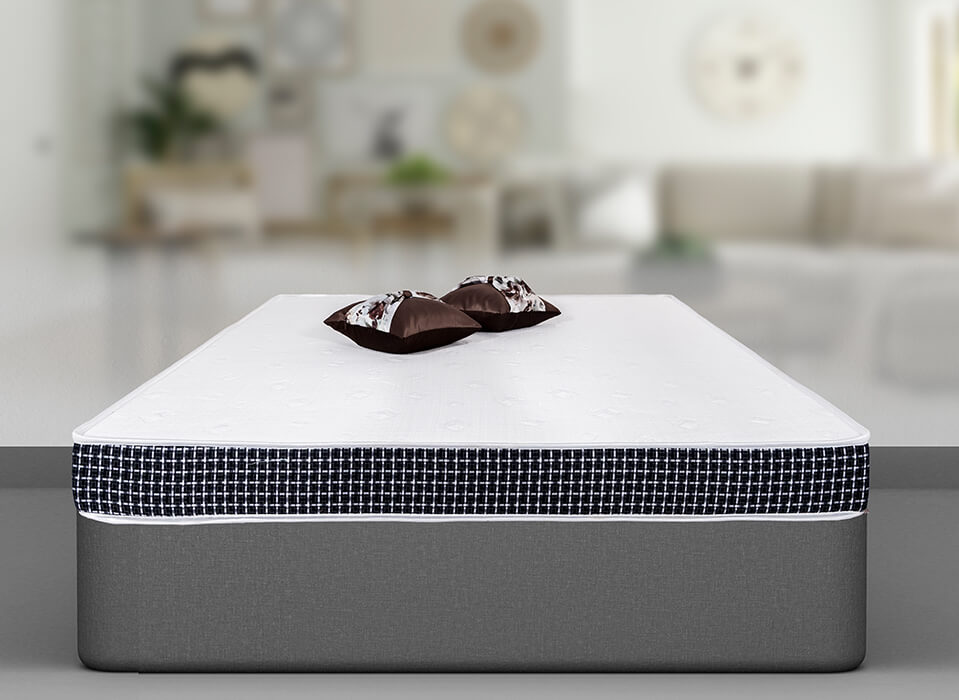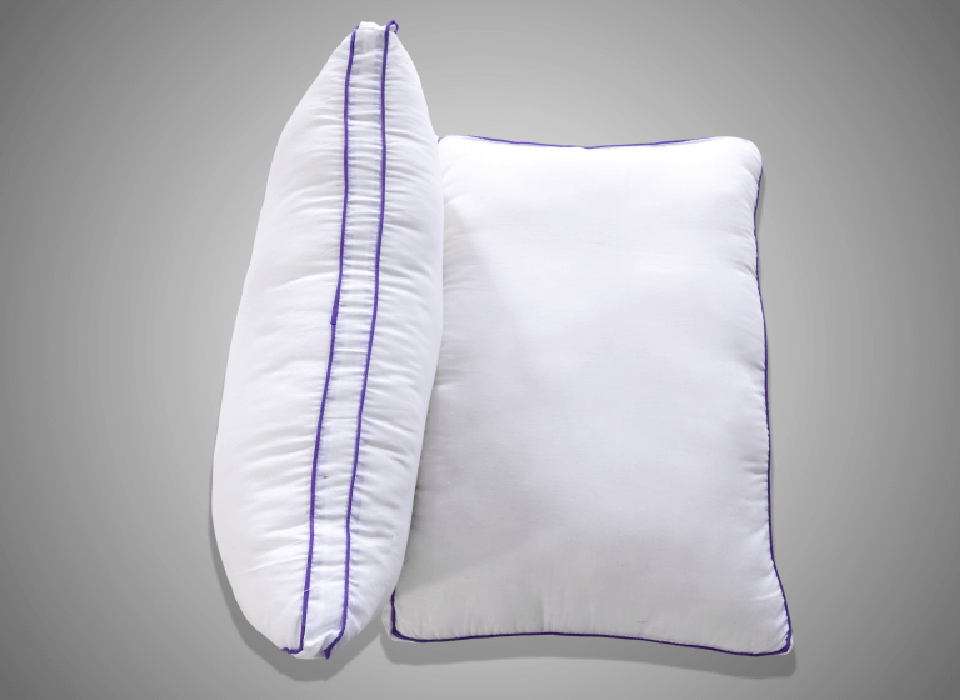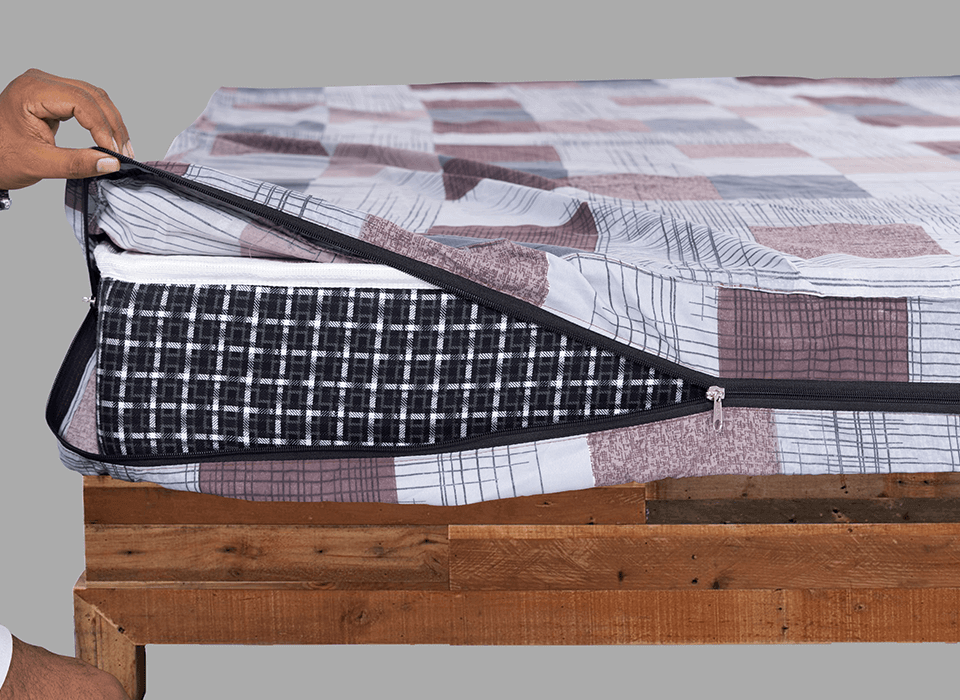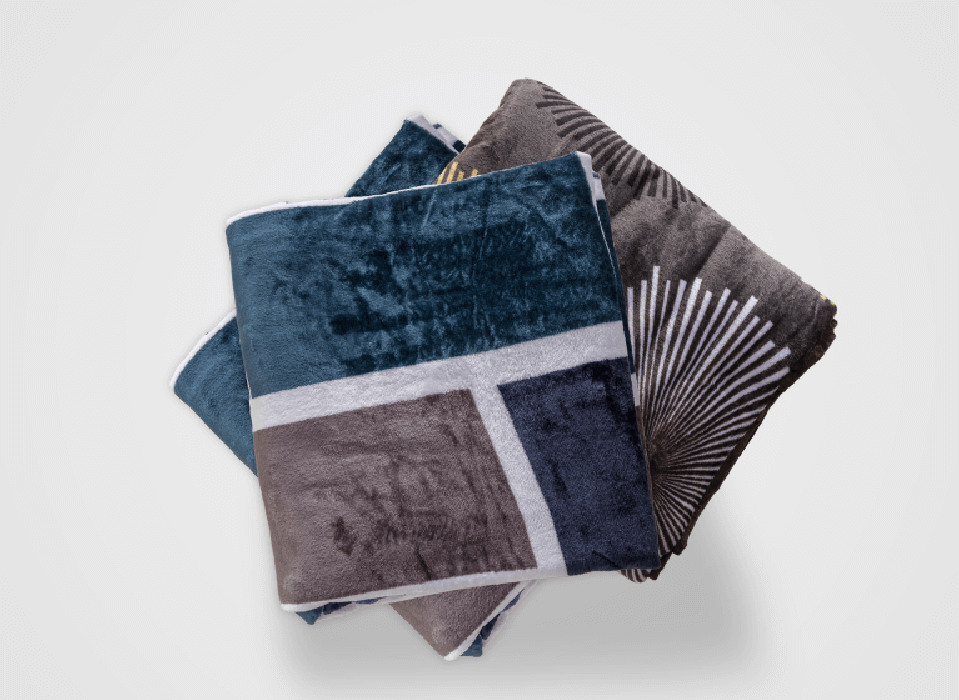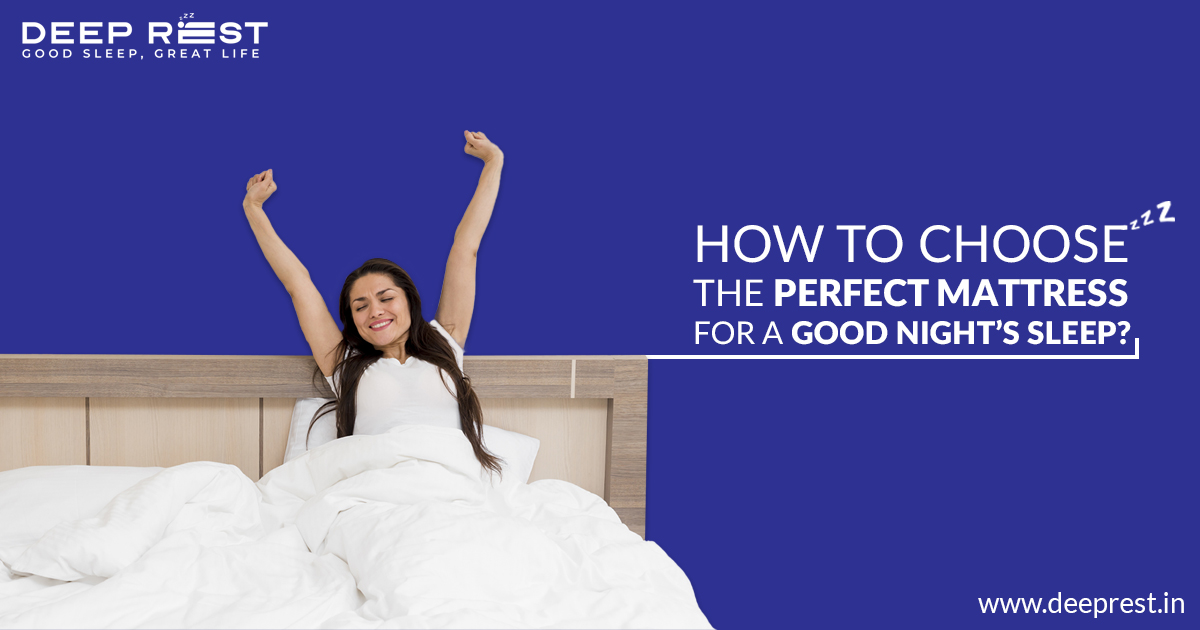How to Choose the Perfect Mattress for a Good Night’s Sleep?
Introduction
A good night’s sleep is essential for overall health and well-being, and the foundation of a restful slumber lies in the perfect mattress. However, with the vast array of mattresses available in the market today, choosing the right mattress for good night sleep can be a daunting task.
From memory foam to innerspring, latex to hybrid, the options seem endless, and each promises the best sleep experience.
To help you make an informed decision and transform your bedtime into a rejuvenating experience, this blog will guide you through the essential factors to consider when choosing the perfect mattress for a good night’s sleep.
Know Your Sleep Style
The first step in selecting the ideal mattress is to assess your sleep style. Are you a side, back, stomach sleeper, or a combination of these positions? Different mattresses cater to various sleep styles to provide the right support and alignment for your body.
Side sleepers often benefit from softer mattresses that cushion pressure points, whereas back sleepers may prefer medium-firm options to maintain spinal alignment. Stomach sleepers typically require firmer mattresses to prevent sinkage that can strain the neck and back.
Consider Your Body Type
Another vital factor to consider is your body type. Your weight and body shape can influence how much support you need from a mattress. For instance, individuals with a heavier build may find more comfort in a firmer mattress that prevents excessive sinkage, while those with a lighter frame might opt for a softer surface to promote better contouring.
Assess the Mattress Material
Different mattress materials offer various benefits and features. Some popular options of online mattress include:
a. Memory Foam: Known for its contouring properties, memory foam molds to your body shape, relieving pressure points and reducing motion transfer.
b. Innerspring: Traditional innerspring mattresses provide a bouncy feel and excellent airflow, making them suitable for hot sleepers.
c. Latex: Latex mattresses are eco-friendly, hypoallergenic, and provide a natural bounce while conforming to your body.
d. Hybrid: Combining the best of both worlds, hybrid mattresses combine memory foam or latex with innerspring coils for optimal support and comfort.
e. Airbeds: Adjustable airbeds allow you to customize the firmness level according to your preferences.
Each material has its unique characteristics, so take your time to research and test various options to find the one that suits you best.
Firmness Level
The firmness level of a mattress is crucial in determining your comfort and support. As mentioned earlier, it should align with your sleep style and body type. The firmness scale typically ranges from 1 to 10, with 1 being extremely soft and 10 being extra firm. Most people find medium-firm mattresses (around 5-7 on the scale) to be the most comfortable, but individual preferences may vary.
Motion Isolation
If you sleep with a partner or a pet, motion isolation is essential to prevent disruptions from movements during the night. Memory foam and latex mattresses are known for their excellent motion isolation properties, making them ideal for light sleepers or those sharing the bed.
Temperature Regulation
Body temperature plays a crucial role in sleep quality. Look for mattresses with temperature-regulating features, especially if you tend to sleep hot. Memory foam mattresses, while excellent at contouring, can sometimes retain heat. In contrast, latex and hybrid mattresses often offer better breathability, ensuring a cooler sleep surface.
Edge Support
Edge support is often overlooked but can be vital, especially if you share a bed or have trouble getting in and out. Mattresses with reinforced edges provide a more stable surface and prevent sagging around the perimeter.
Durability and Warranty
A mattress is a long-term investment, and you’ll want it to last for years to come. Consider the mattress’s durability and check the warranty offered by the manufacturer. A reputable brand will stand by the quality of their product and provide a reasonable warranty period.
Consider Allergies and Sensitivities
If you have allergies or sensitivities to certain materials, opt for hypoallergenic and dust mite-resistant mattresses. Latex and memory foam mattresses are usually more resistant to allergens than traditional innerspring options.
Try Before You Buy
Finally, it’s crucial to try the mattress before making a decision. Visit brick-and-mortar stores to test various options and spend some time lying down in your typical sleeping positions. Take advantage of the store’s trial period to see if the mattress meets your sleep expectations.
Conclusion
Choosing the perfect mattress for a good night’s sleep is a personalized process that involves considering various factors such as sleep style, body type, mattress material, firmness level, motion isolation, temperature regulation, edge support, durability, and personal preferences. Remember that investing in a high-quality deeprest mattress is an investment in your health and well-being, as a restful night’s sleep will positively impact your daily life and productivity. So, take your time, do your research, and prioritize your comfort to find the mattress that will provide you deeprest sleep that you deserve.

